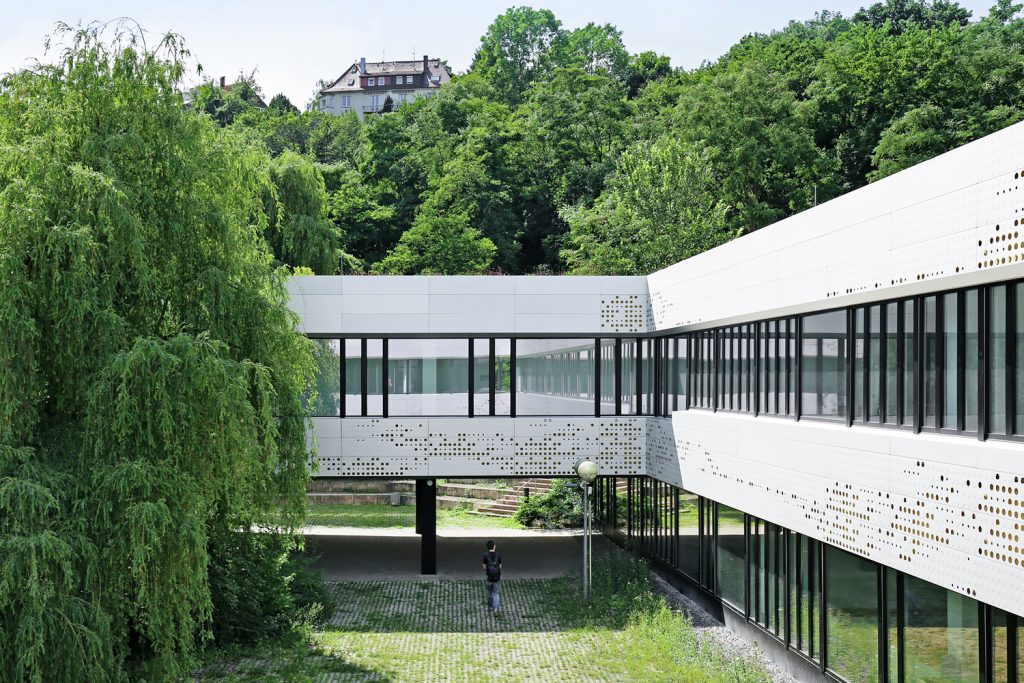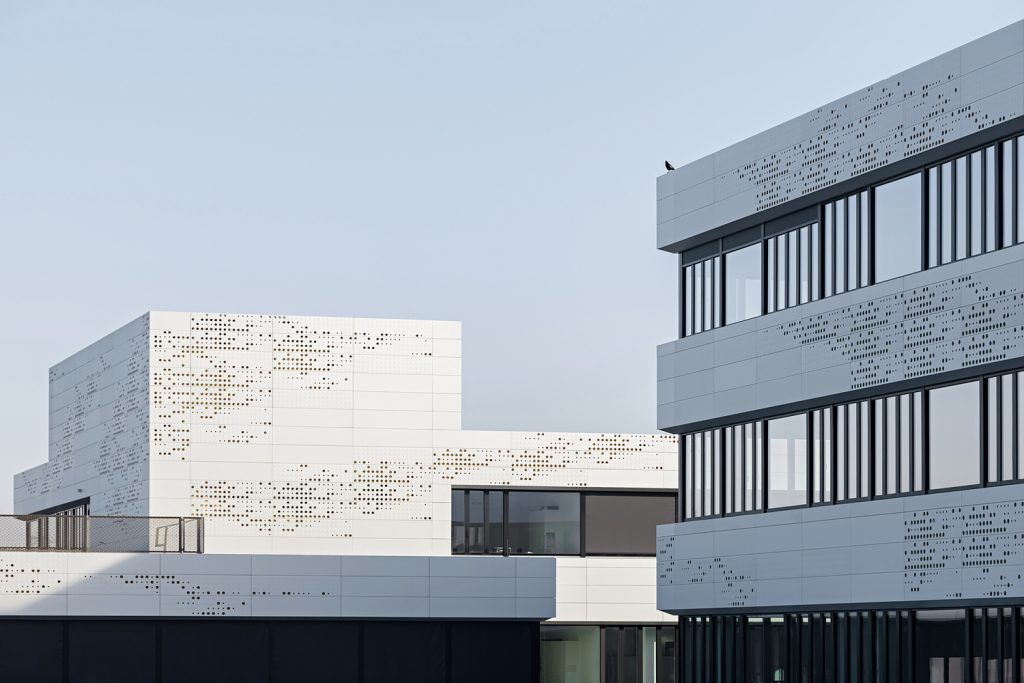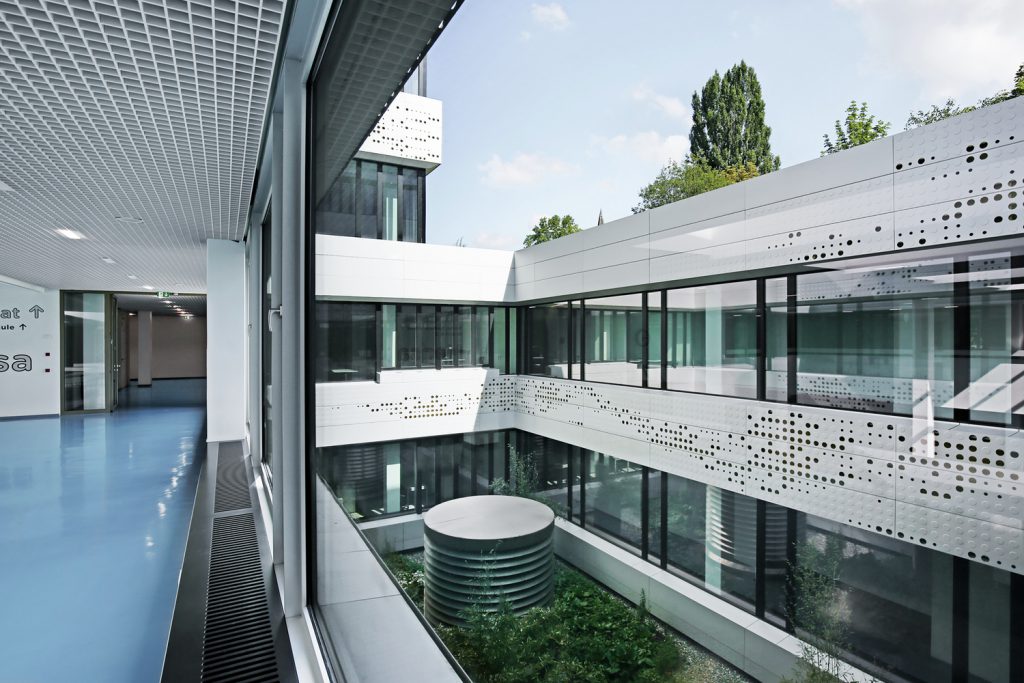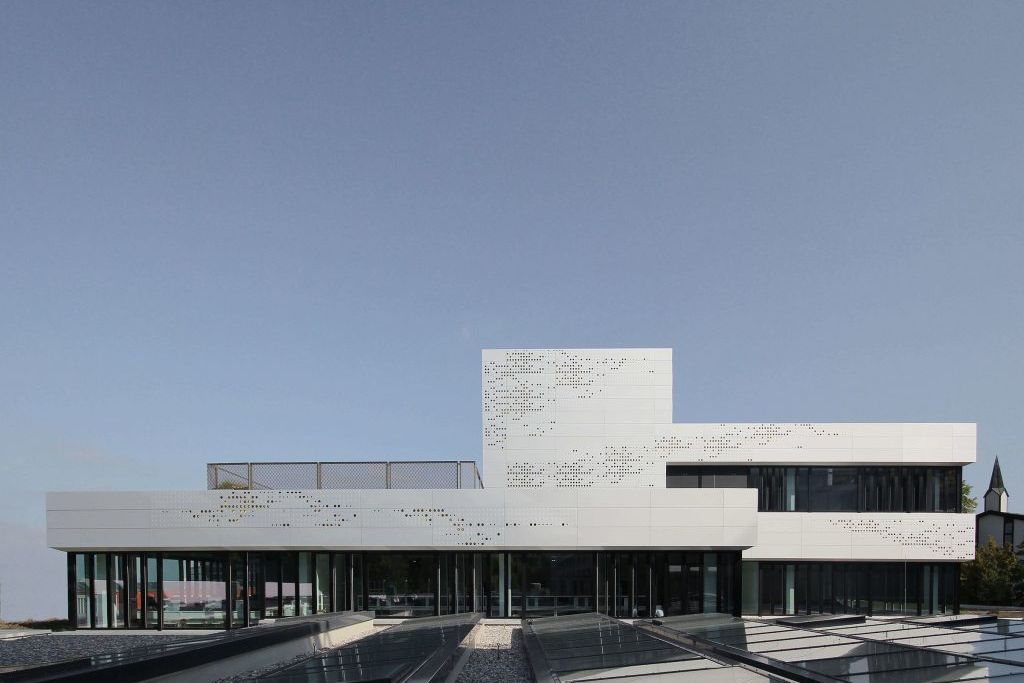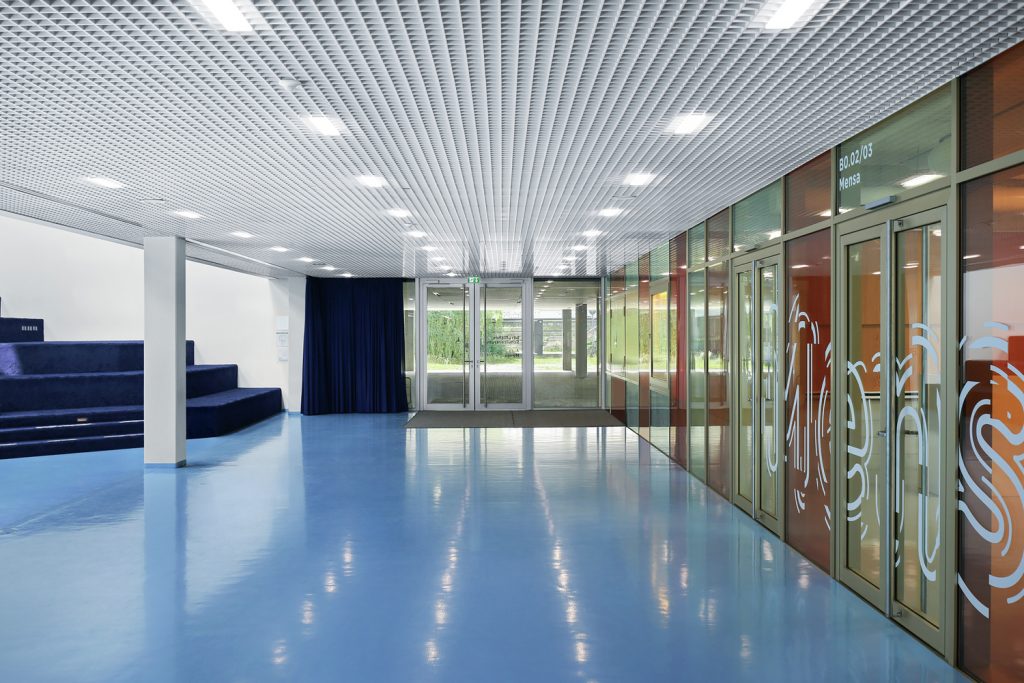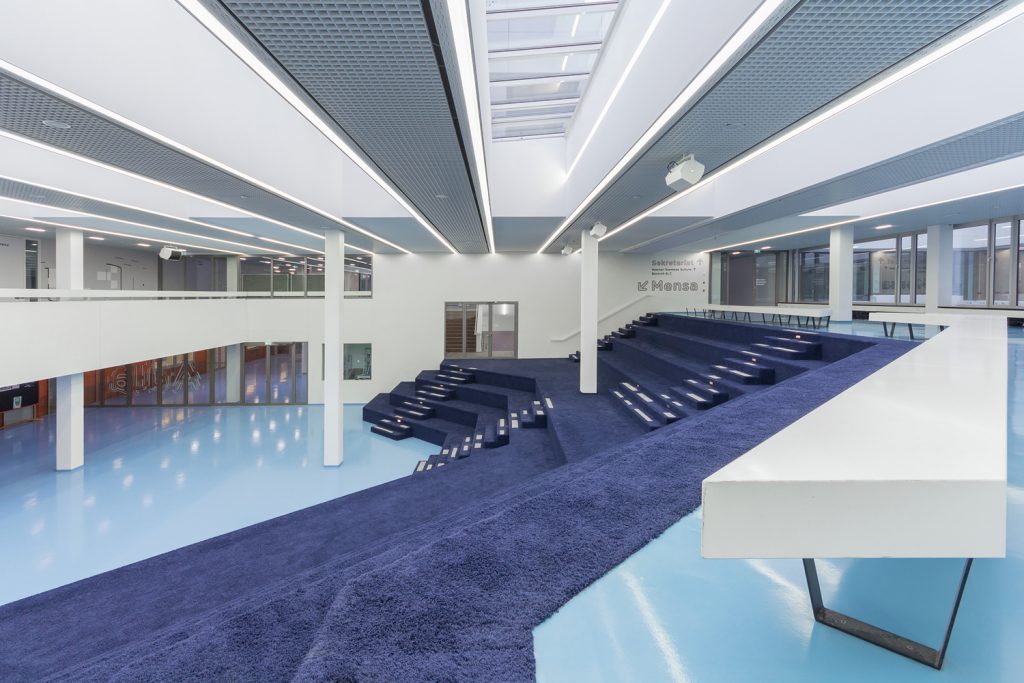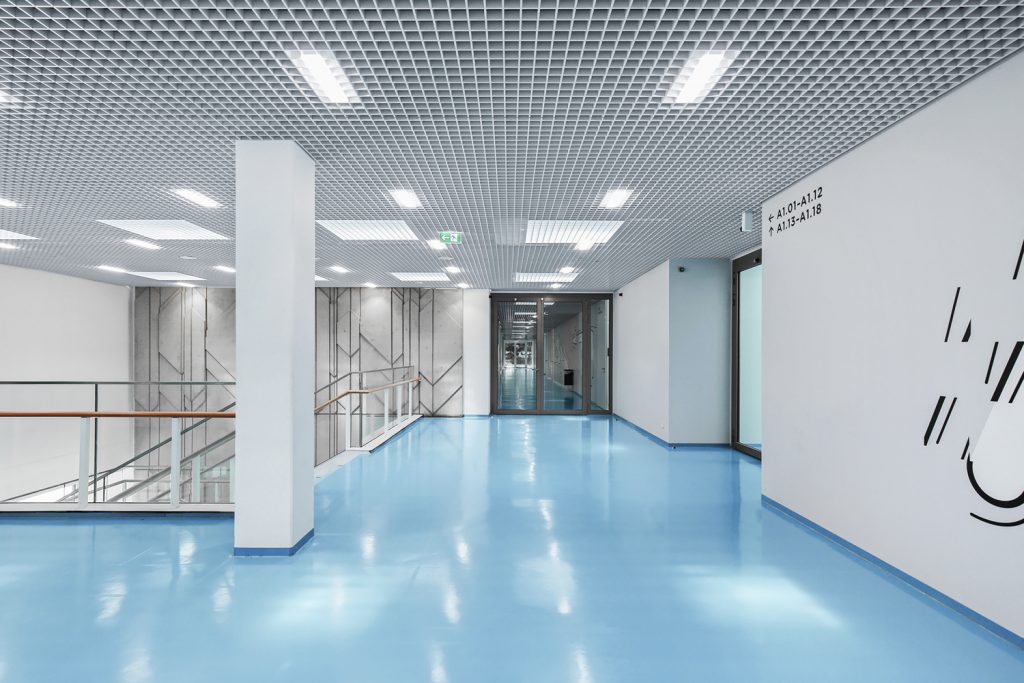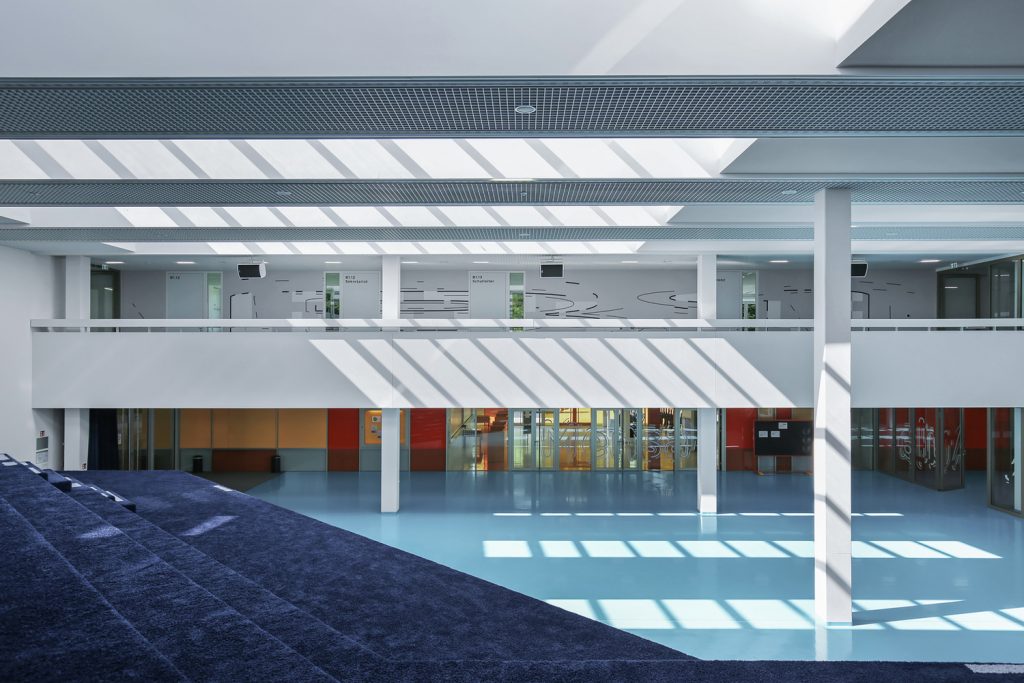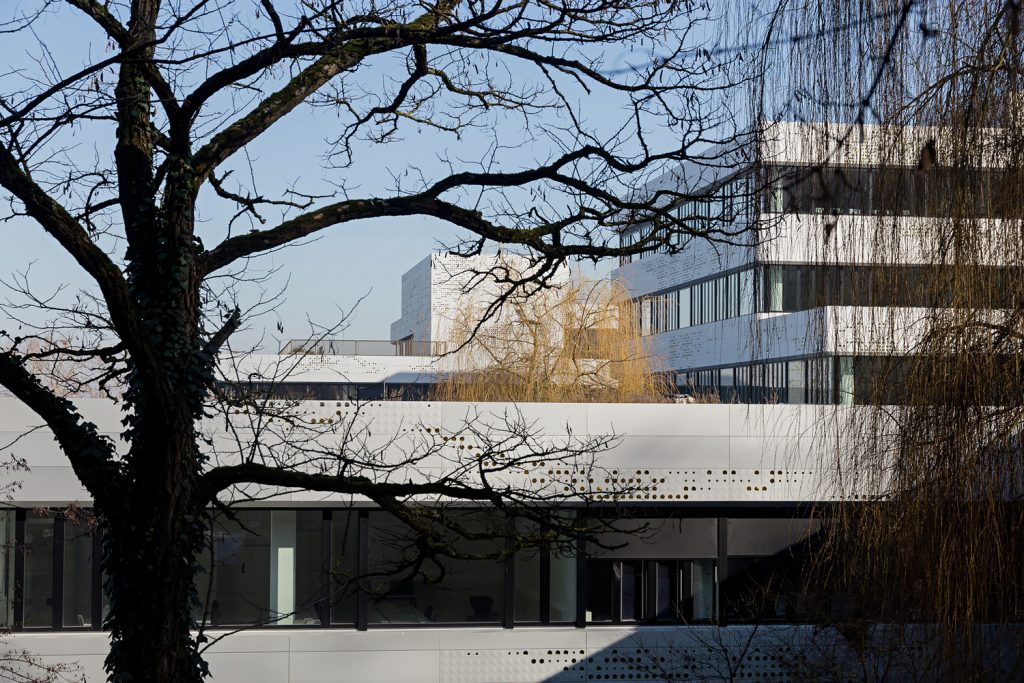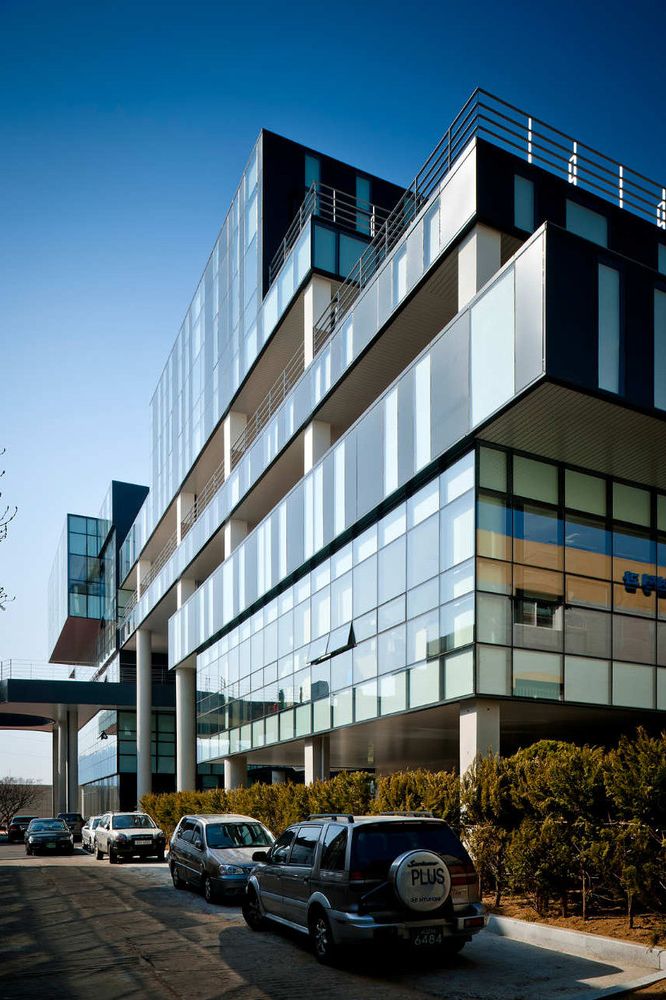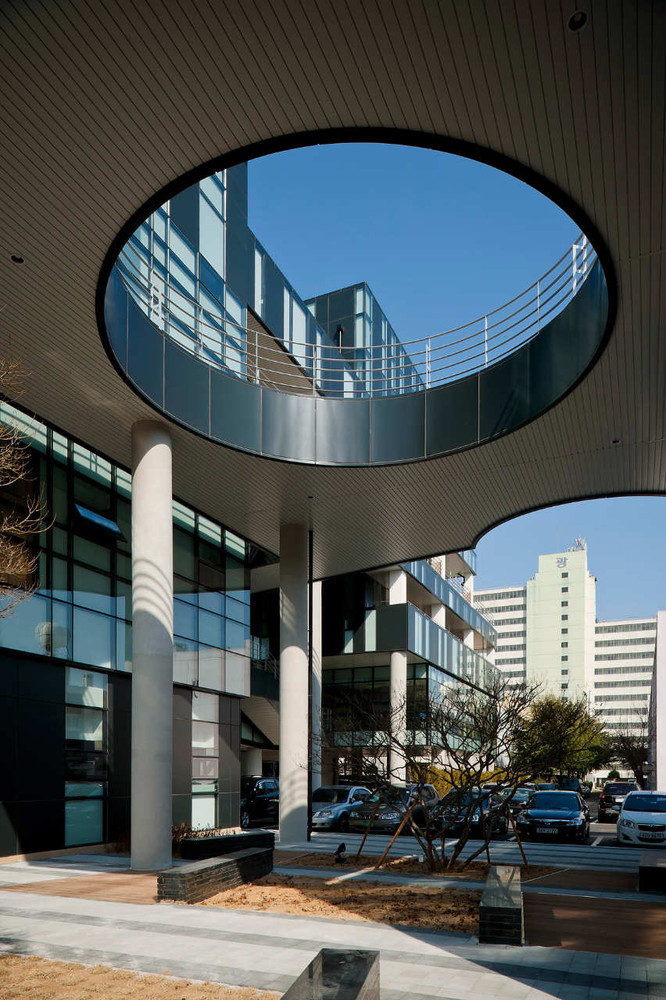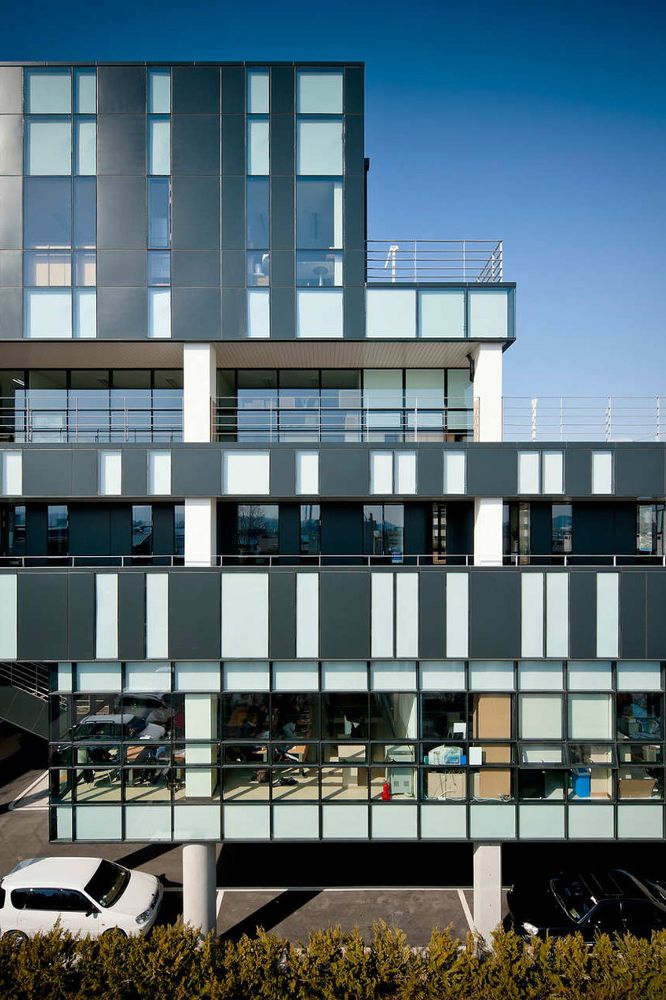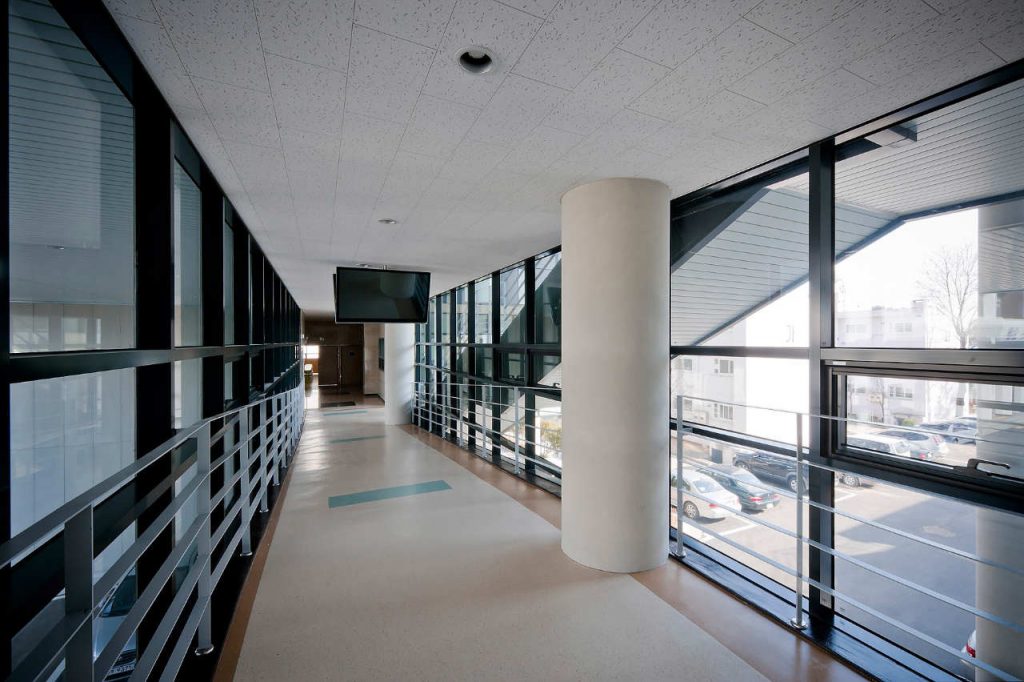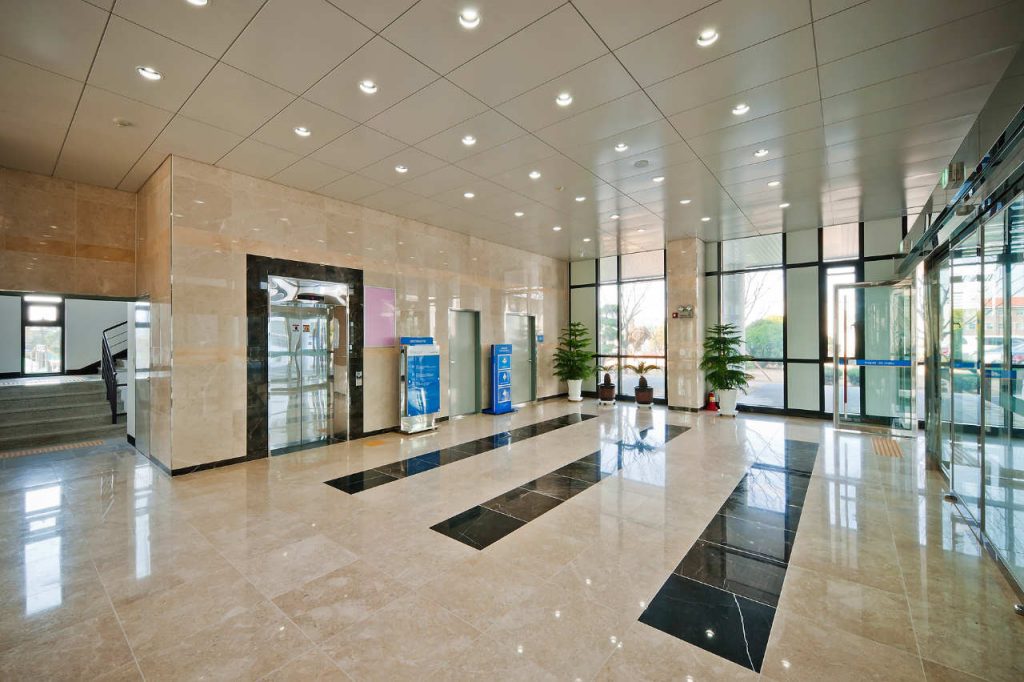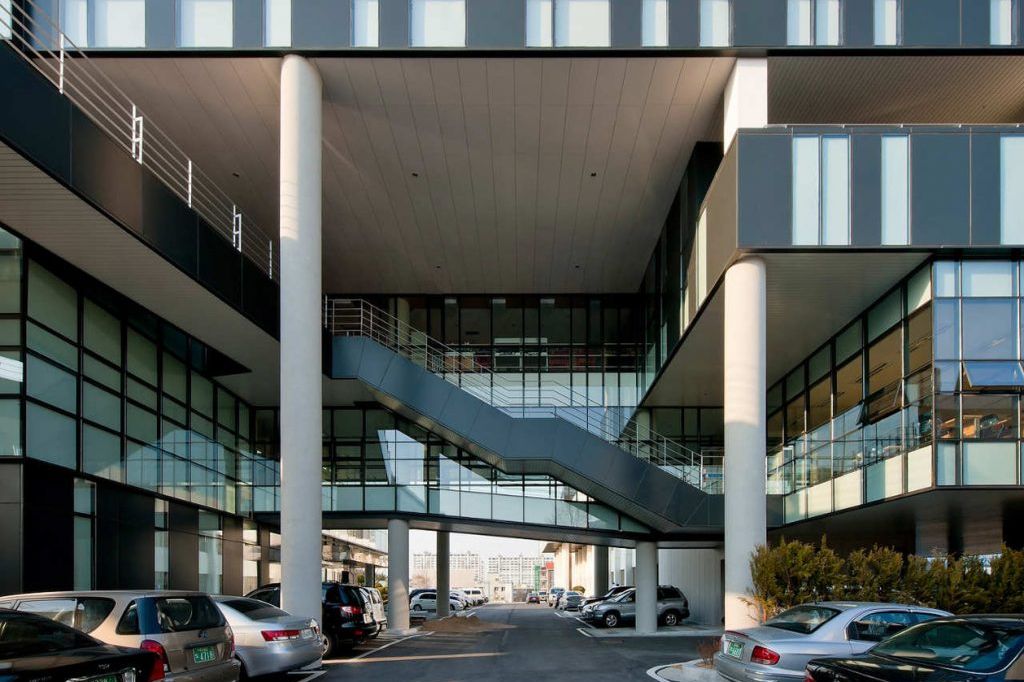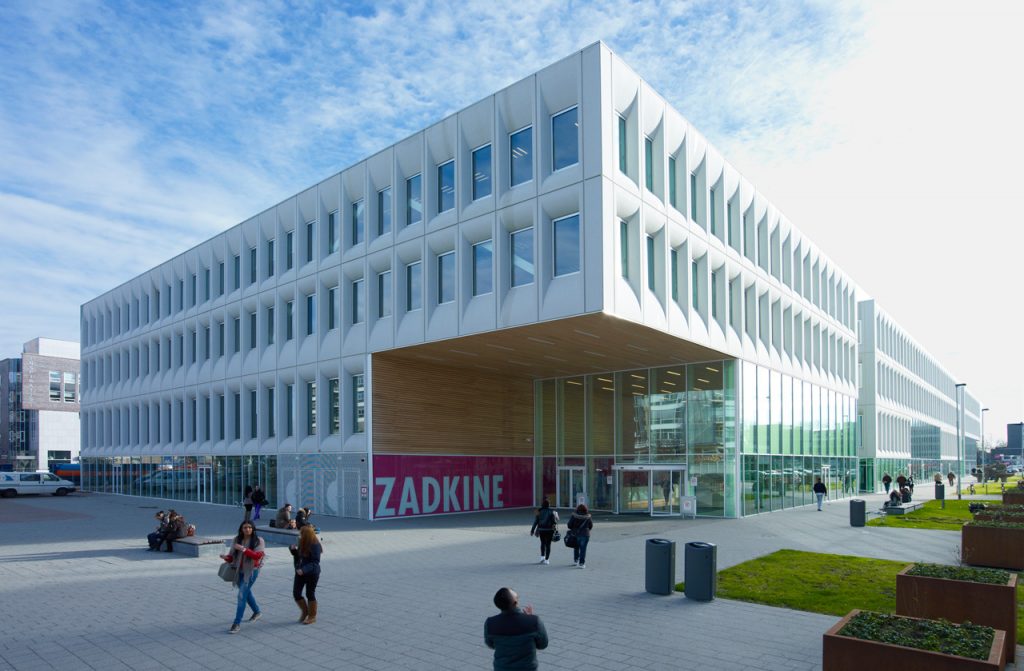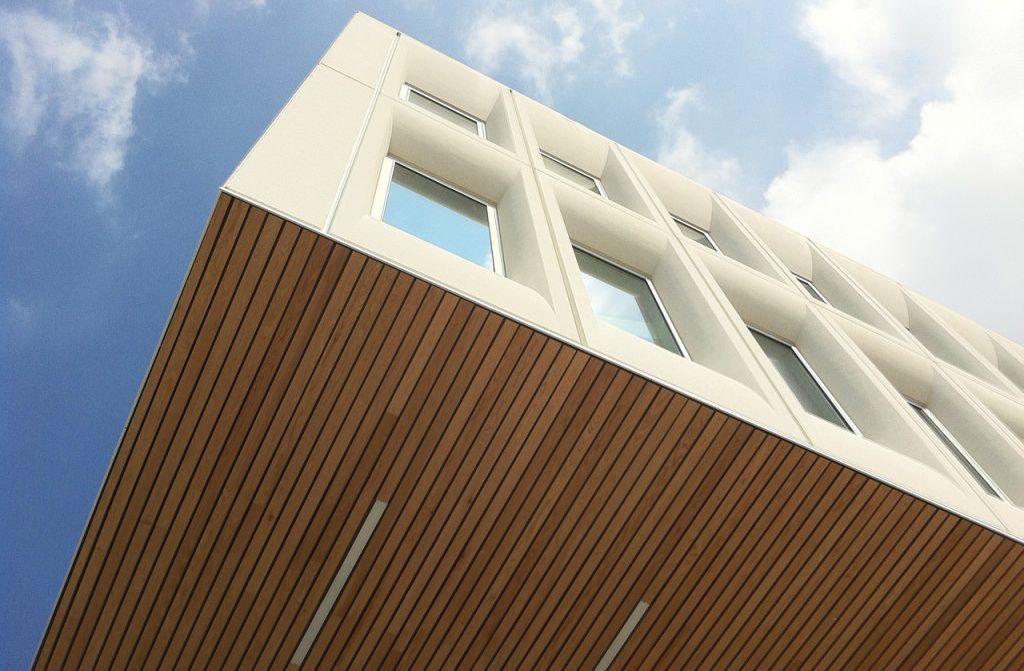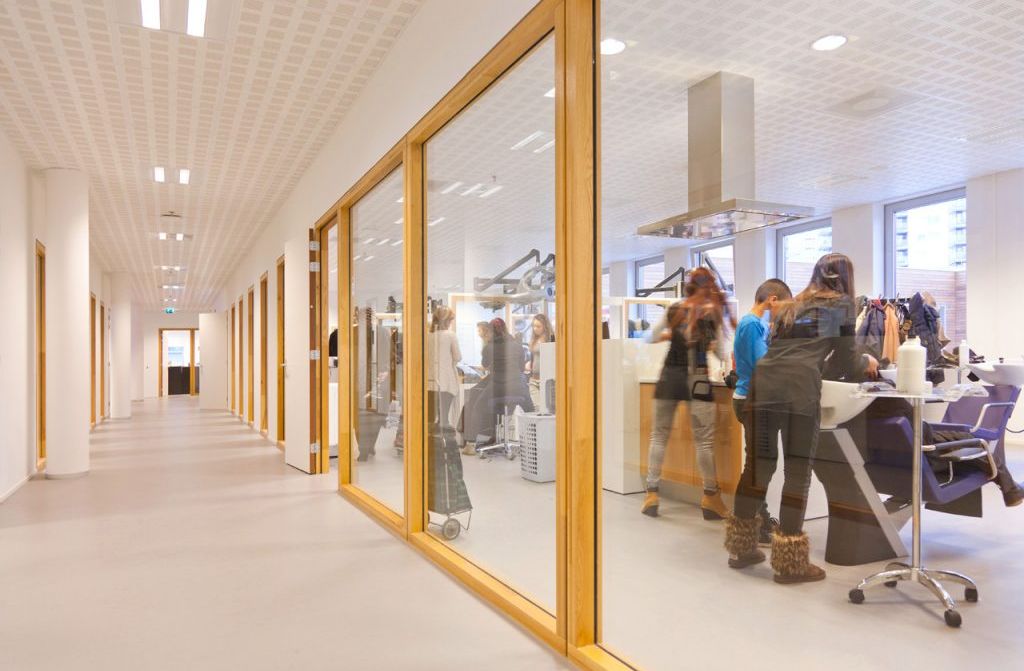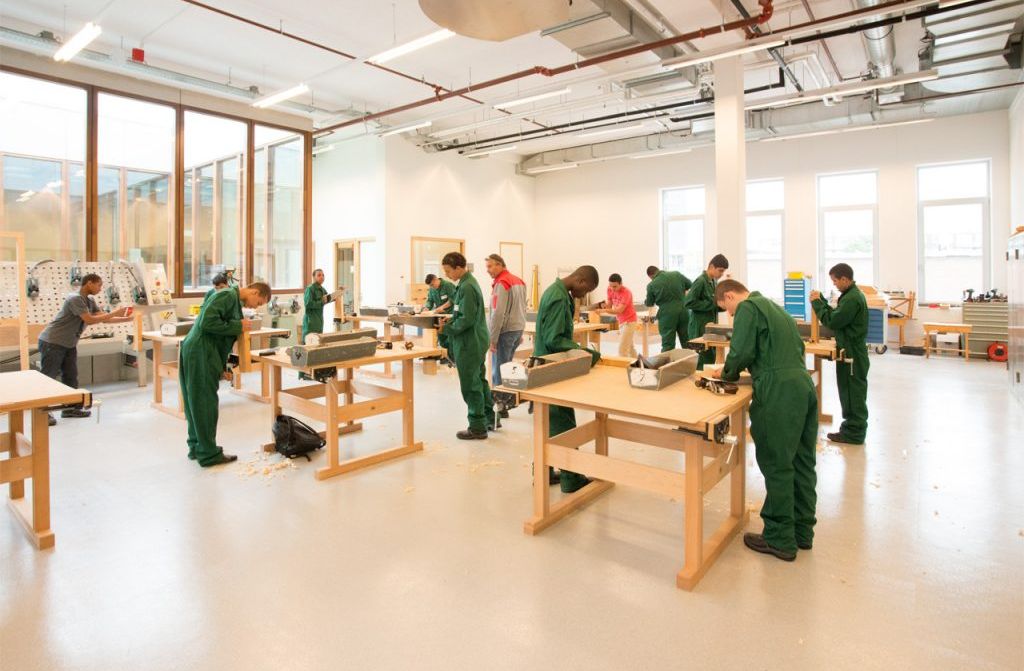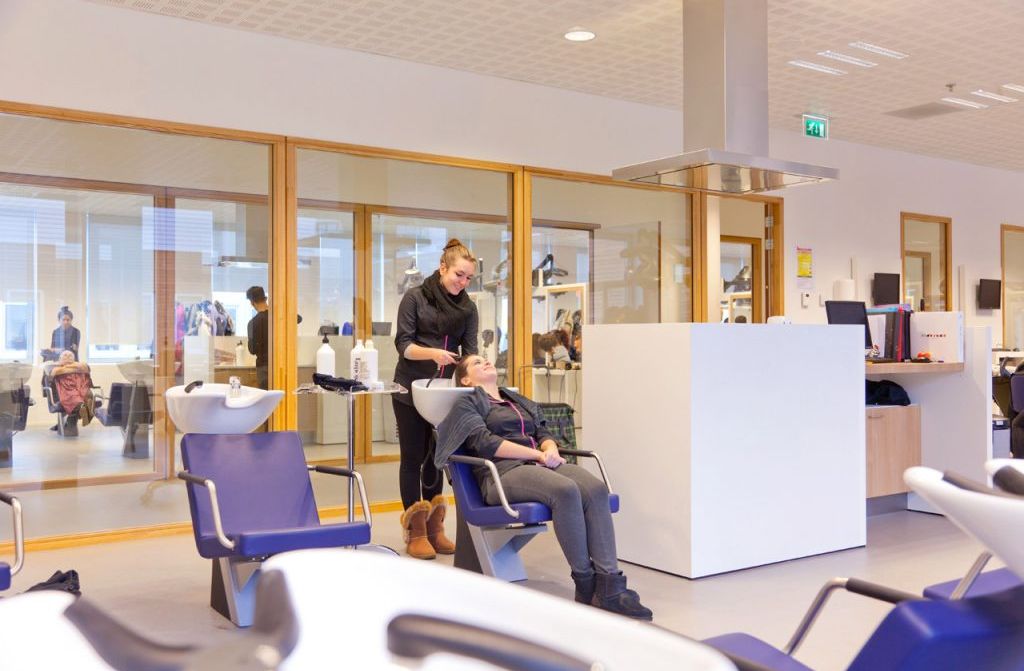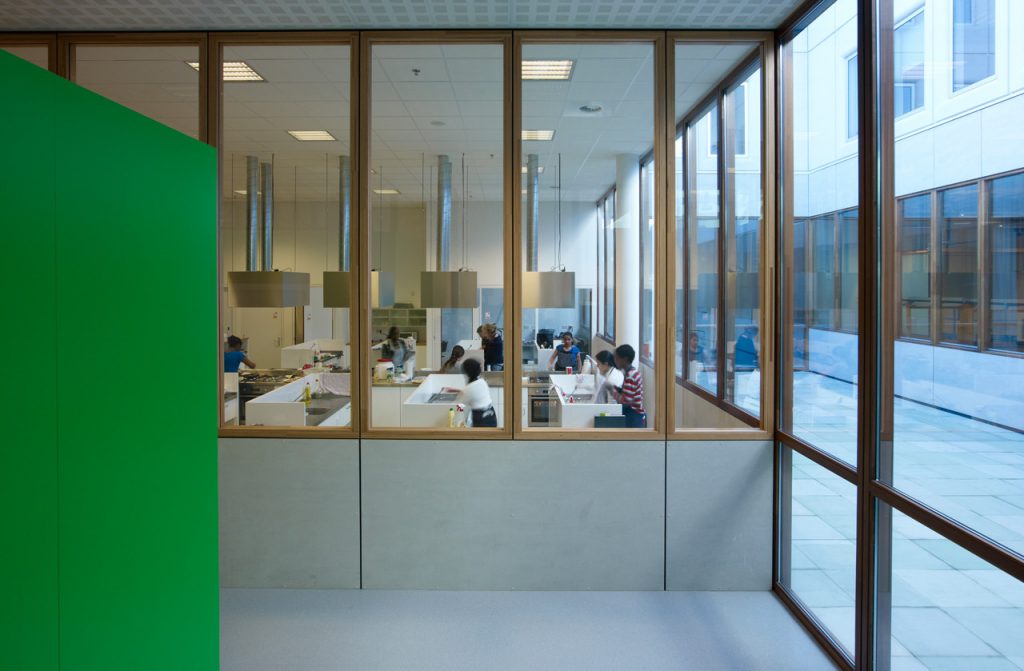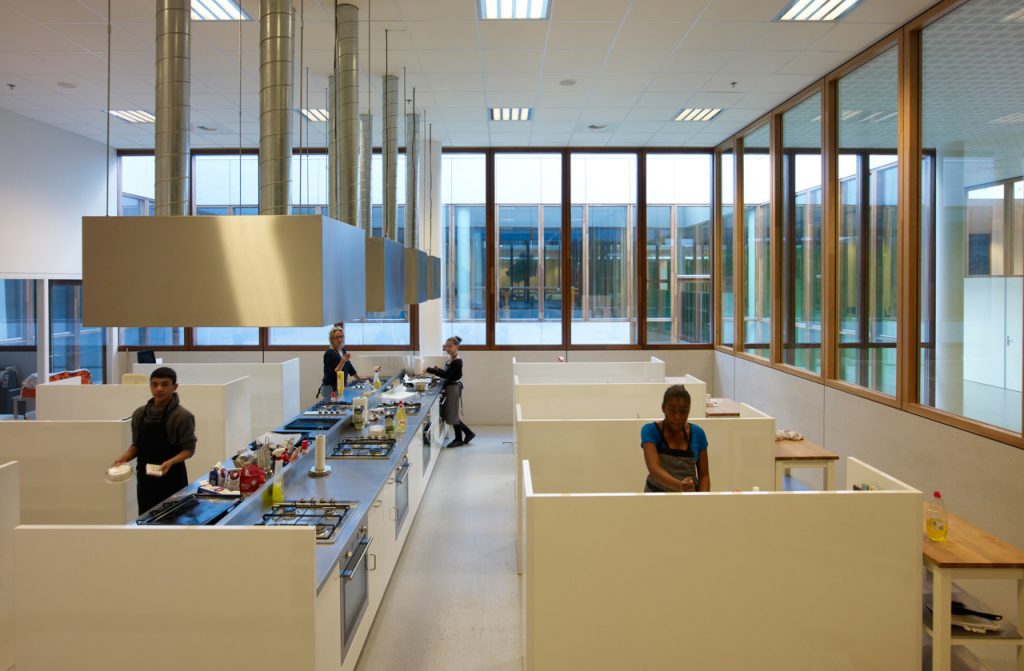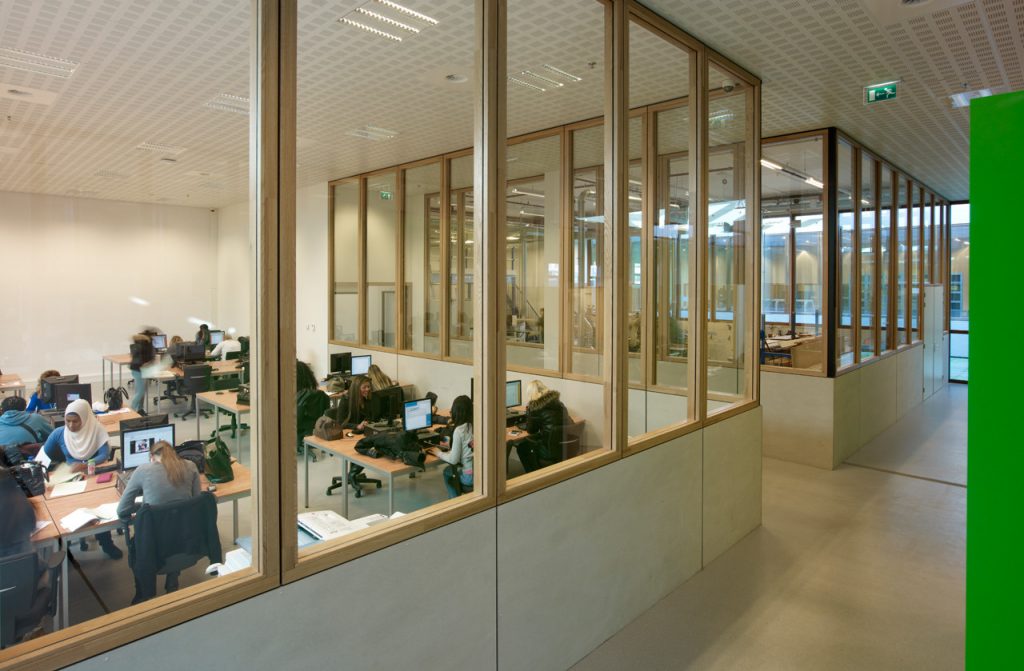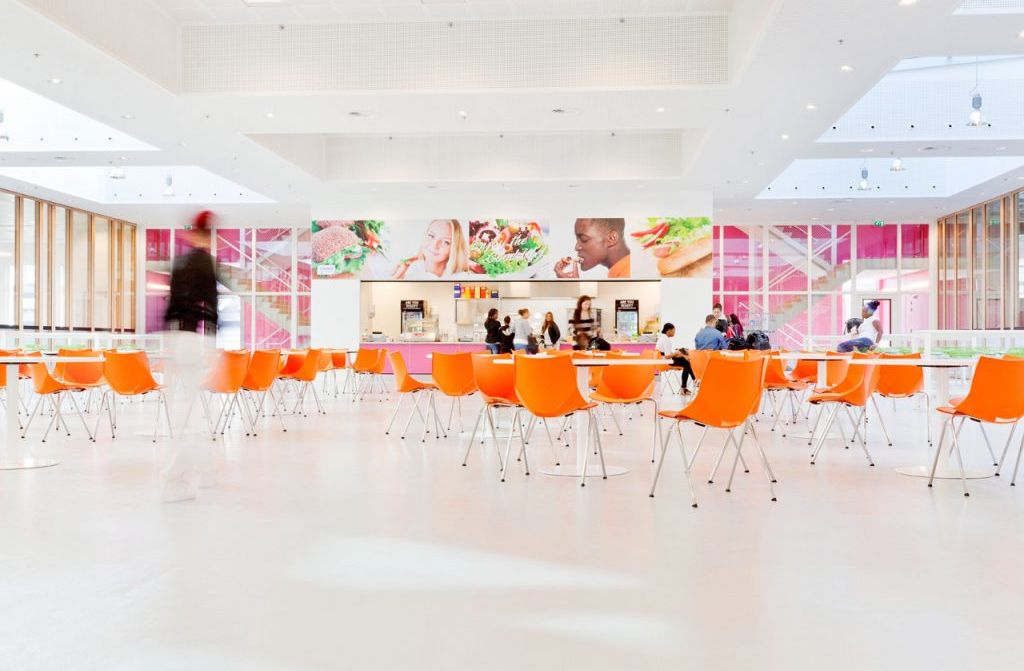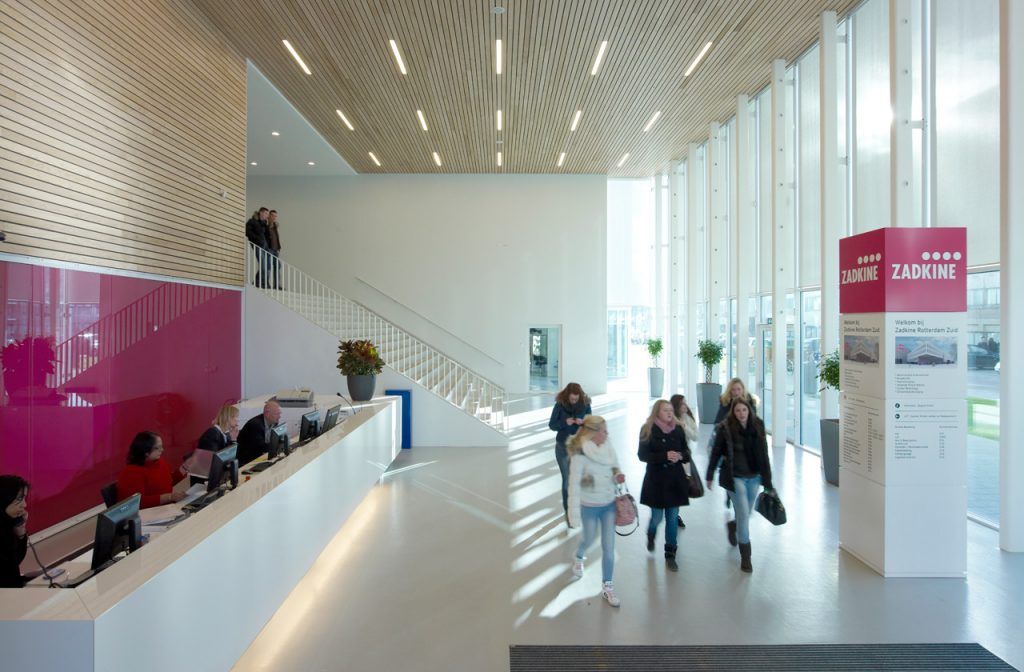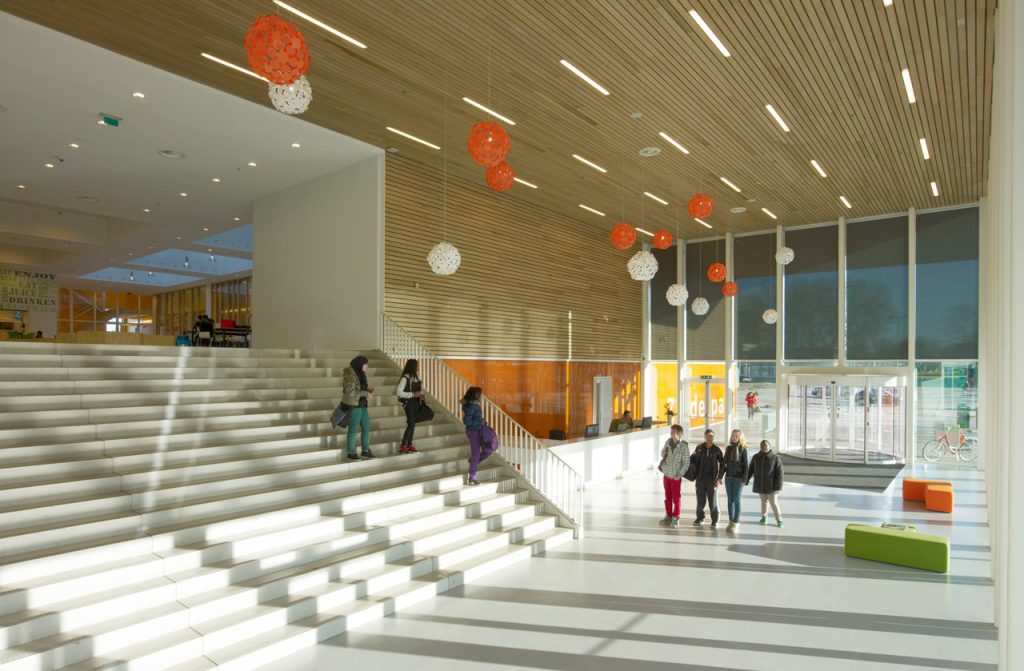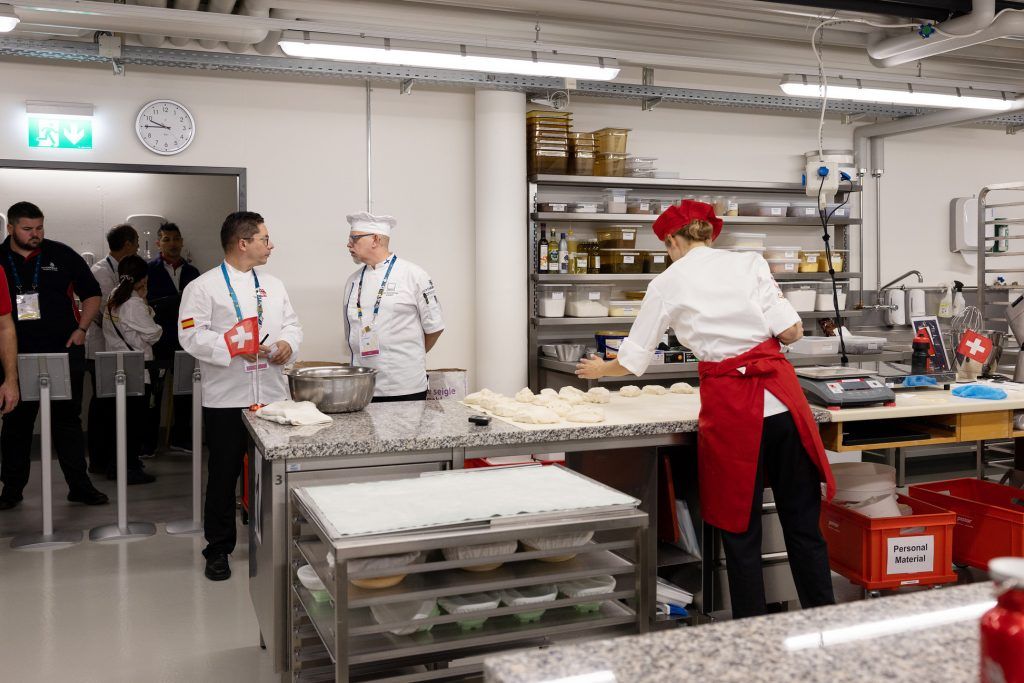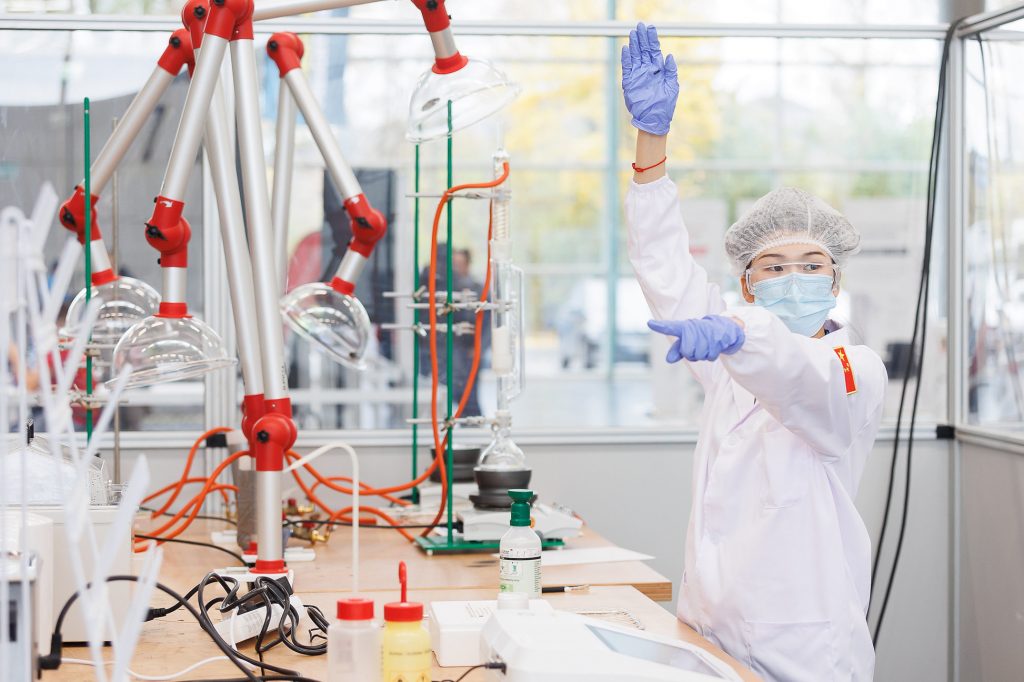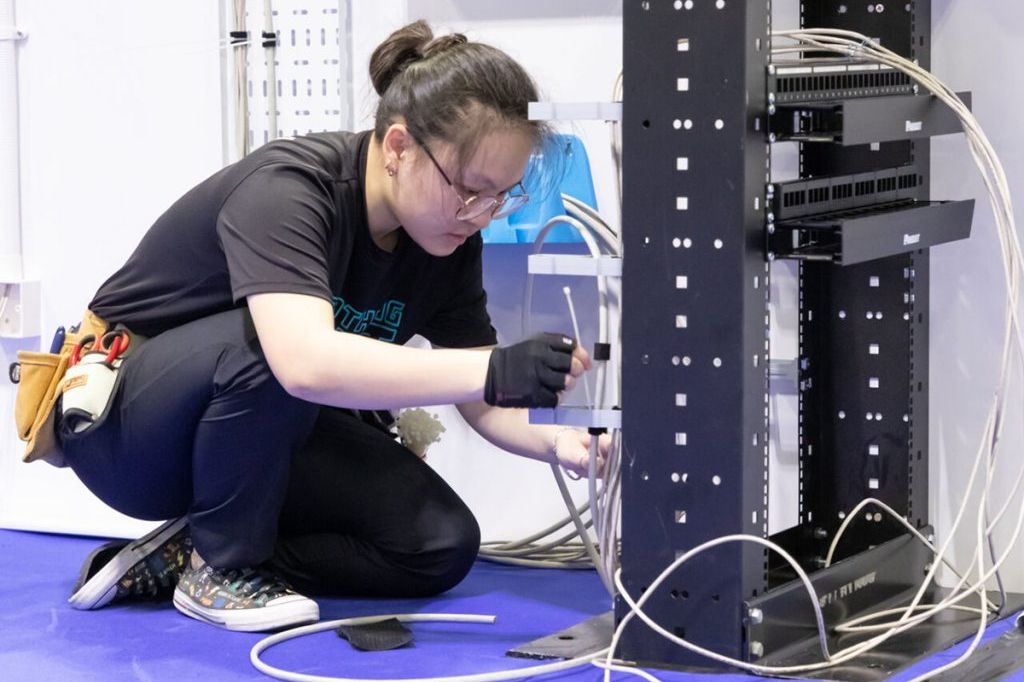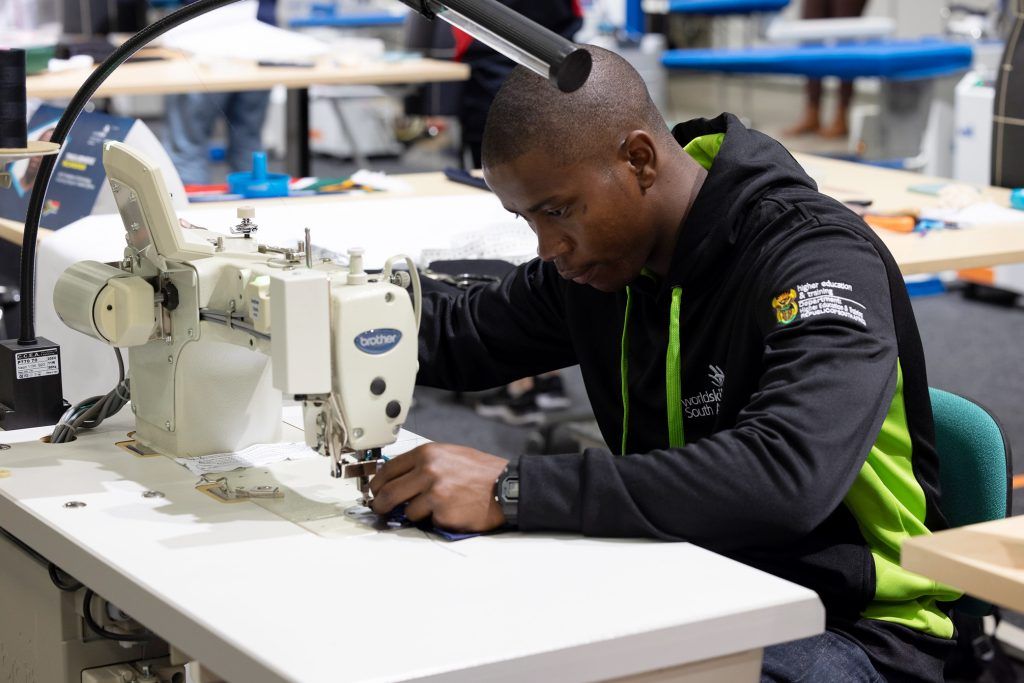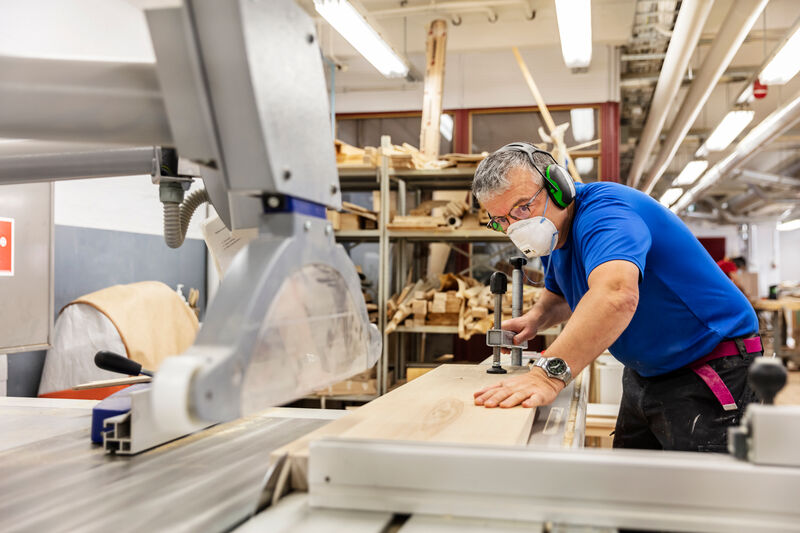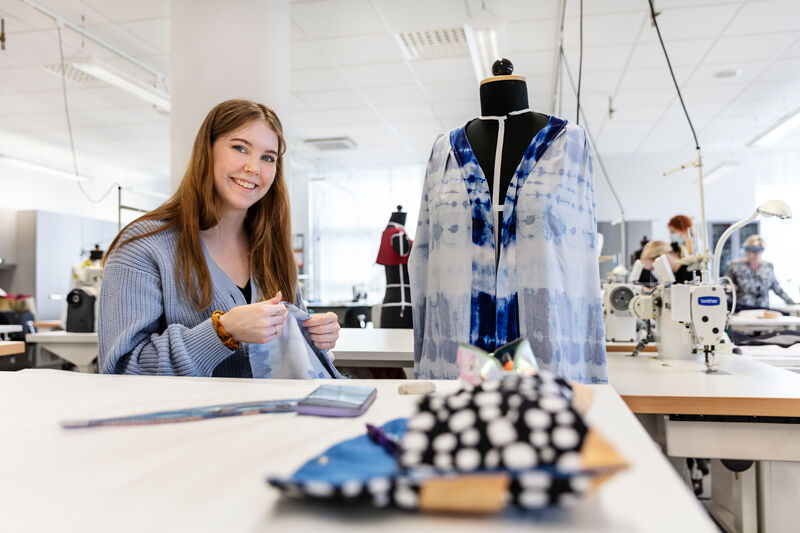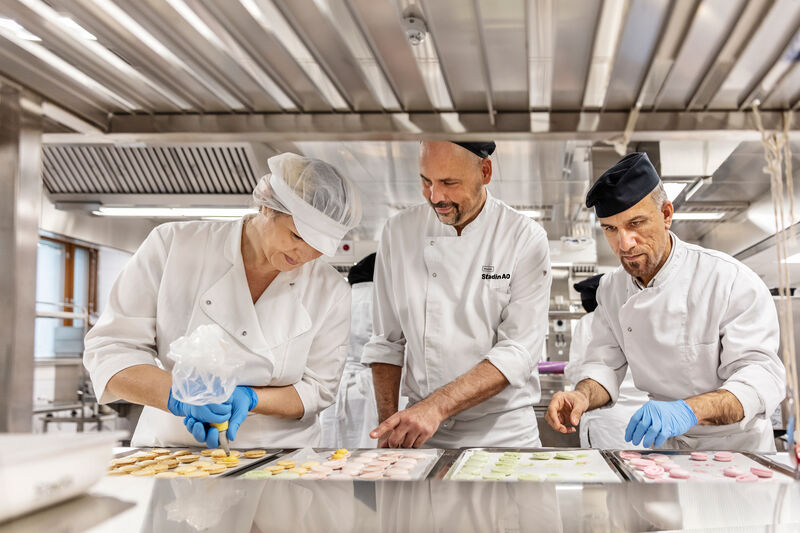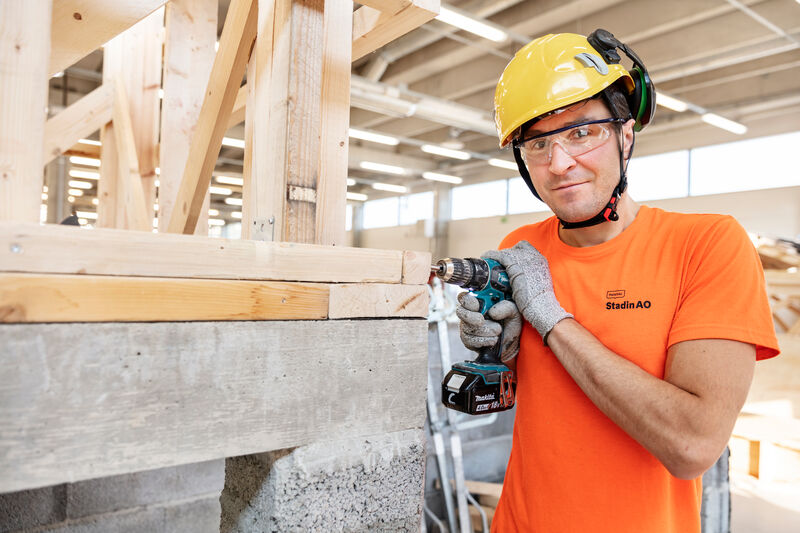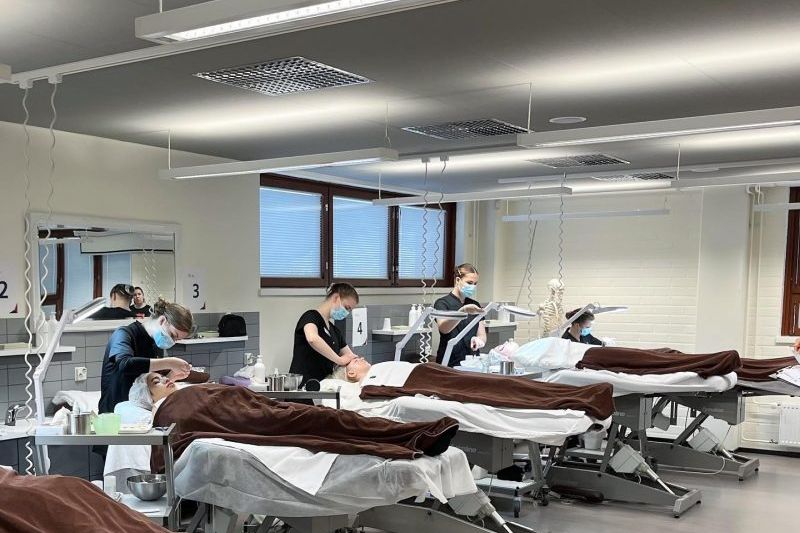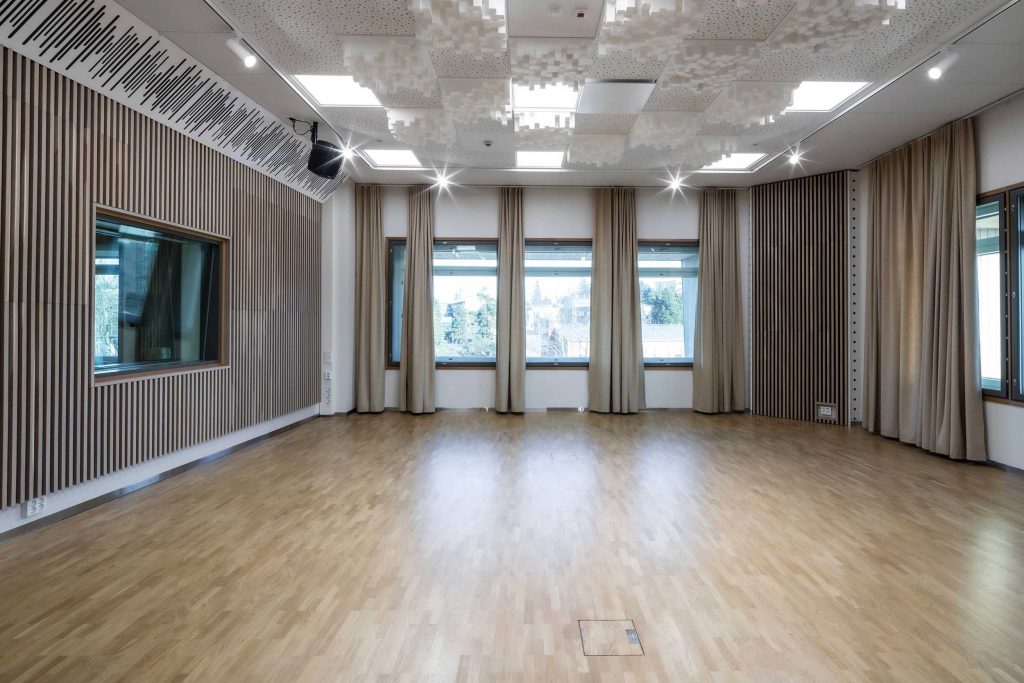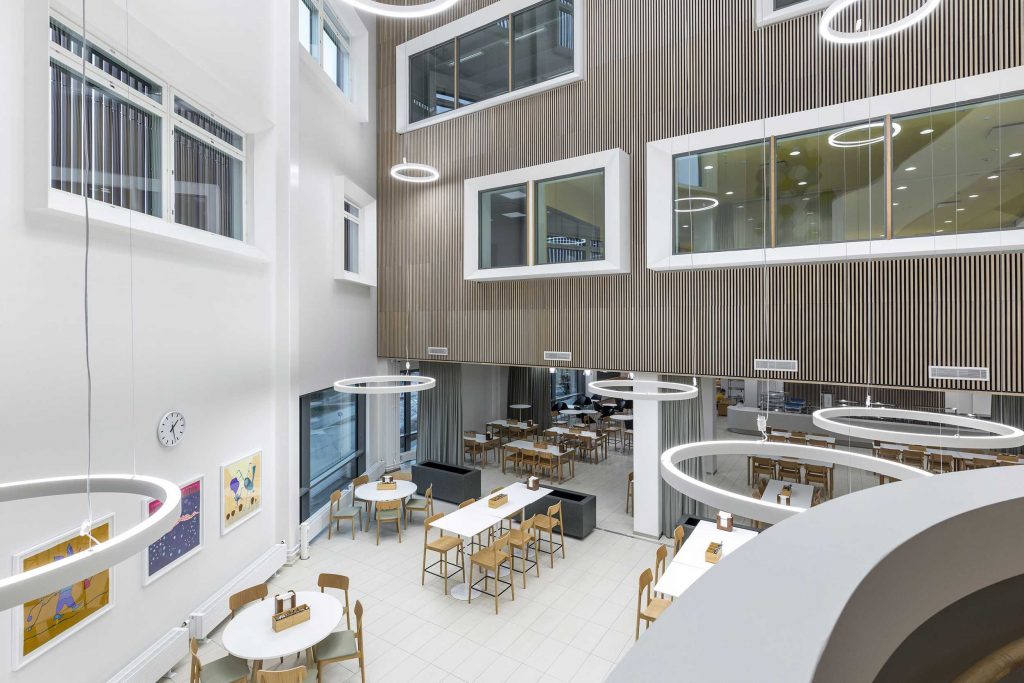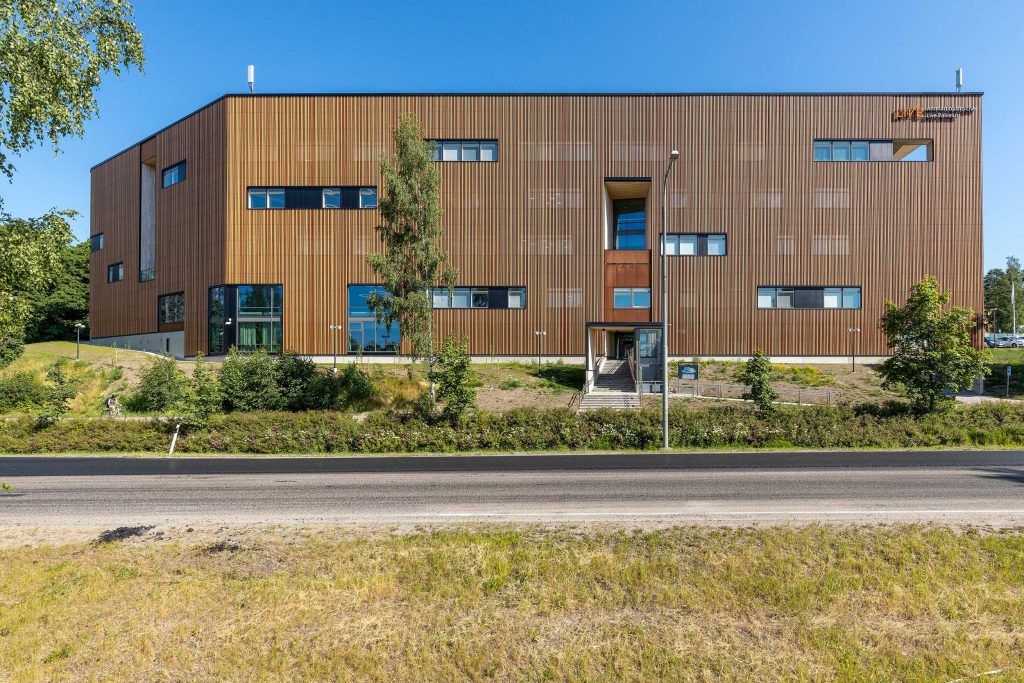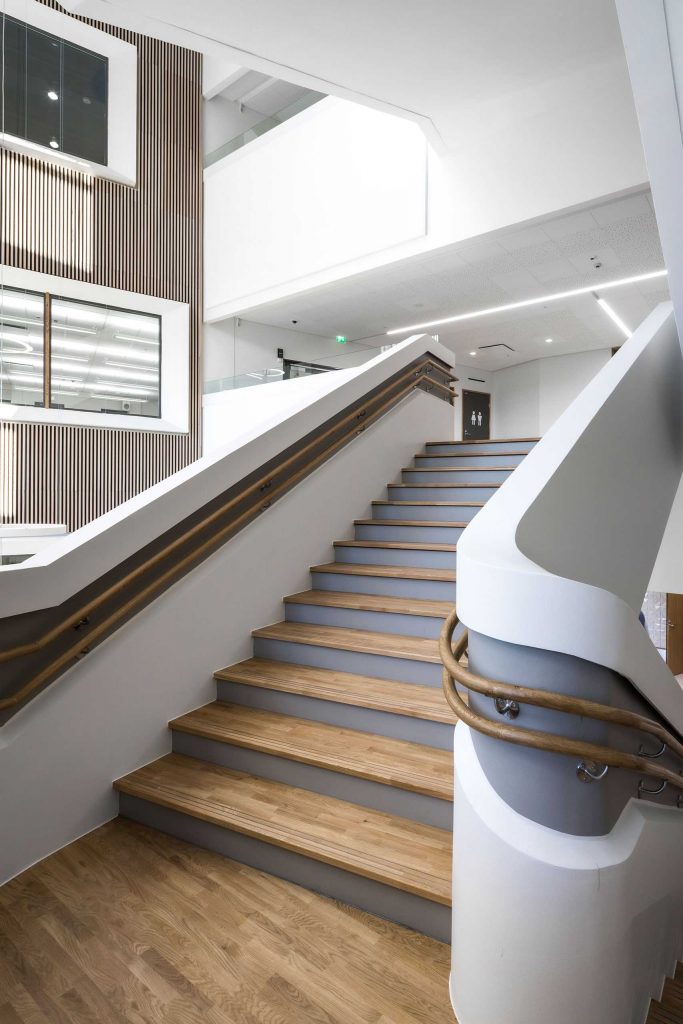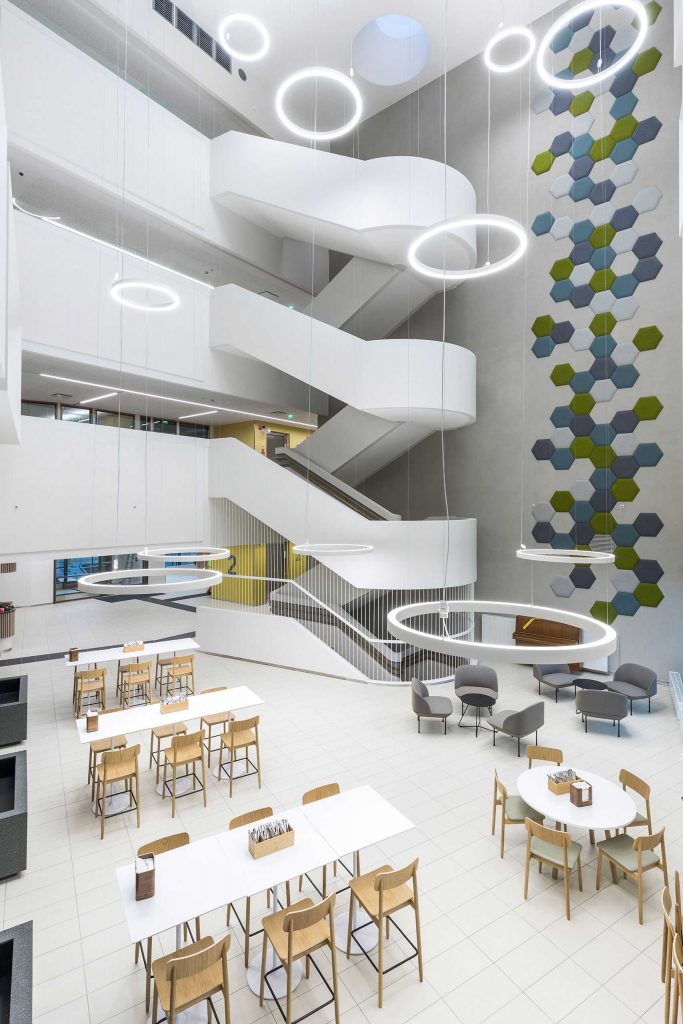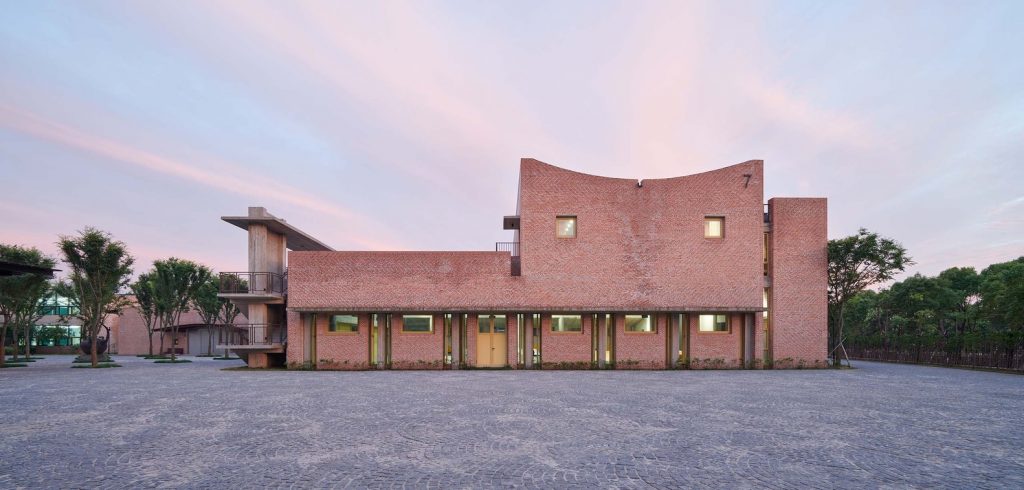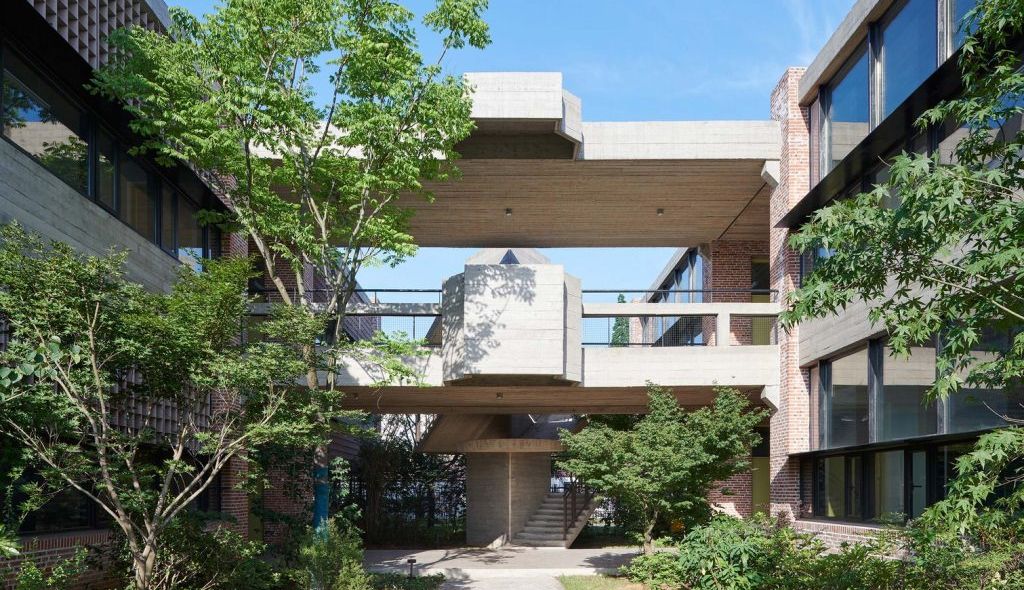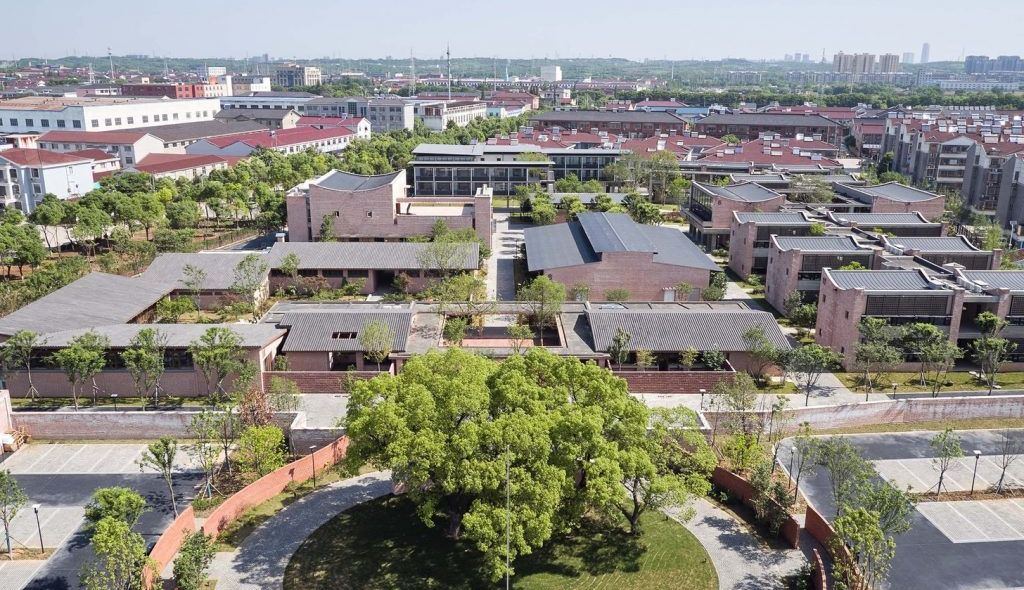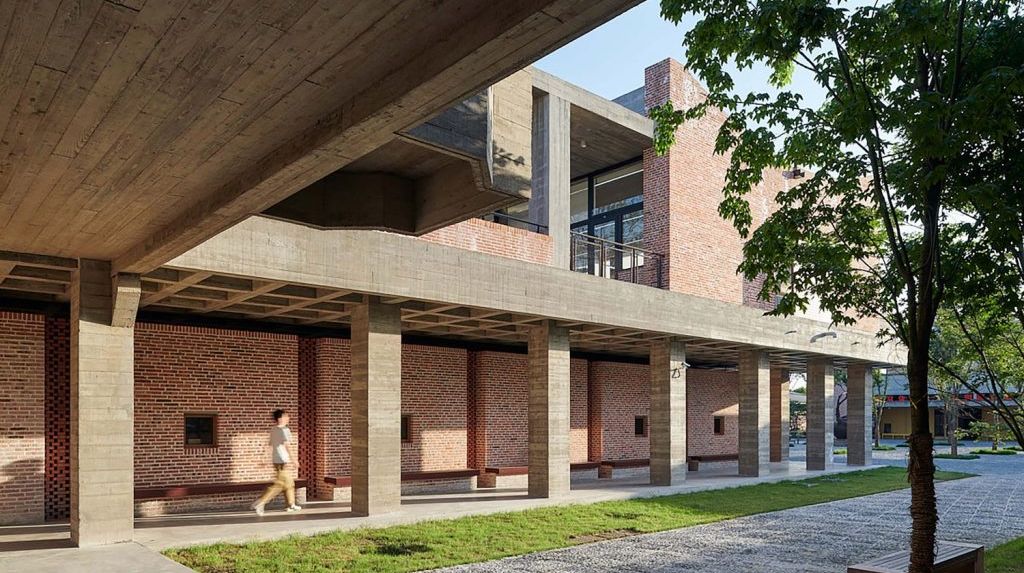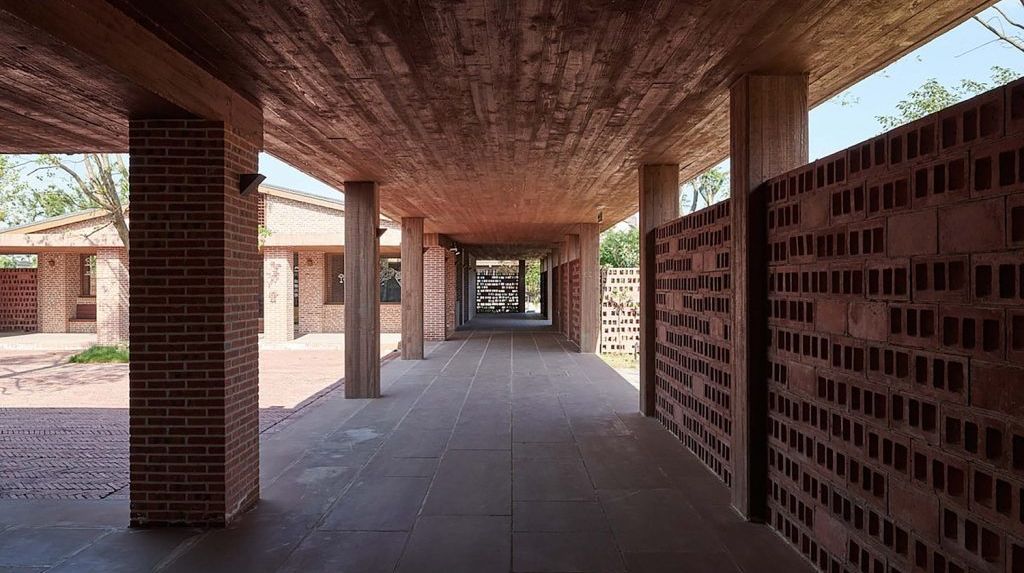In most countries, vocational education is a stage between school and baccalaureate. Unlike university programs, it is practice-oriented: students receive the knowledge and skills they will be needing at a workplace. As a rule, vocational education is cheaper than university education, and the duration of studies is 1 to 3 years (bachelor‘s degree – 4 years).
Professional education is available in colleges, polytechnic institutions and even universities. Some countries offer dual programs where students learn theory at a vocational school and practical skills at work. Young people tend to choose the professions of engineers, mechanics, construction workers, nurses, hairdressers, and carpenters. In recent years, high-tech occupations and the IT industry have been rapidly gaining popularity.
Our interest was in seeing how secondary vocational education (SVE) is organized in a modern way, on the basis of selected cases from several countries.
Germany: Prestige and Early Apprenticeships in Companies
Germany‘s SVE system is considered one of the most successful in the world: society recognizes the value of vocational education, and more than half of school leavers go to college because they know that a qualification obtained there is a guarantee of future employment.
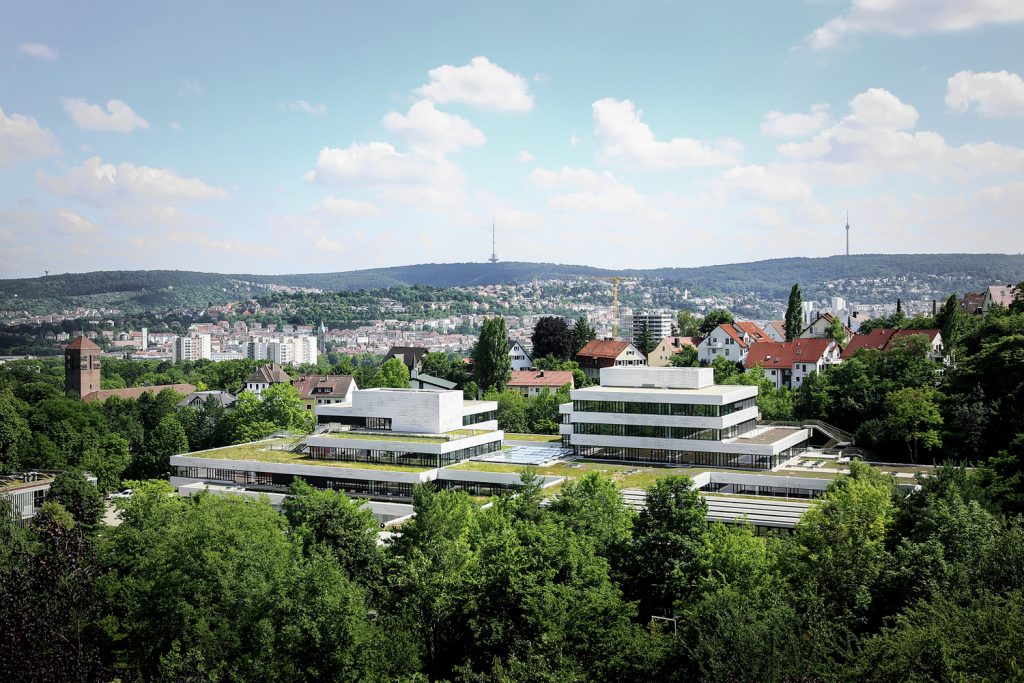
Photo: Markus Guhl
Werner-Siemens-Schule College in Stuttgart offers several studying options: you can either graduate from a technical school and go on to study at a university, or go to a vocational college and get a working specialty in 2–3 years. At the Werner-Siemens-Schule, students study environmental engineering, electrical power systems, ecology, information and other technologies. Courses that are being developed with expert practitioners include “Energy Conversion and Transportation for Global Energy Supply” or “Exhaust Gas Utilization”. The college has a capacity of 3,600 students.
The Werner-Siemens-Schule building was constructed in two phases from 1978 to 1982. In 2015, they decided to modernize it because it was no longer possible to implement modern educational concepts in the old layout. Architectural firm wulf architekten took charge of the renovation: they redesigned the building, filled it with classrooms of different sizes, made room for laboratories and workshops, and increased the amount of natural light. Only the building facades and landscaped areas with roof terraces were left unchanged.
Photo: Markus Guhl
In Germany, SVE is based on the input from the Federal Employment Agency on what occupations are currently needed in the country. Students learn about this level of education as early as at school through vocational education classes. Germany has a well-developed dual system of vocational training, where companies play a leading role: they participate in the development of training programs, students are trained in production and offered apprenticeship contracts. This model is financed by enterprises: they cover about 70 % of the costs. Business benefits from participation in SVE system not only because they can train personnel for themselves, but also because of reduced taxes and various subsidies from the state.
South Korea: the German Way and Private Colleges
South Korea‘s vocational education system responds to market demand: in the 1970s the government focused on training engineers for the heavy and chemical industries, while since the 1990s colleges have been producing IT specialists in large numbers. South Korean SVE is developing according to the German model: it tries to raise the prestige of working professions, connect colleges with enterprises and employ its graduates (more than 80 % of students find a job in the line of their specialty).
Photo: Won Yang Kim
But there are also things that differ. South Korea has quite a few private colleges founded by professional associations, large holdings or religious organizations. They train medical personnel, agricultural and automotive workers, social workers, and other professionals needed by a particular industry. Colleges often “couple” with universities: after earning a major, graduates can receive higher education.
Many colleges are consolidated under one administrative “umbrella”: for example, Korea Polytechnic Institute has 11 colleges and 29 campuses across the country. Students can choose one of 500 educational programs in electrical engineering, electronics and communications; the studies last for 2 years. There are also institute-based professional development courses.
Photo: Won Yang Kim
Architectural firm Baum Architects built the Polytechnic Institute‘s College of Engineering on the site between the main building and the Technology Center. The 4,082 m² plot is located in the center of the campus and was formerly used for transit between buildings and as a parking lot. The architects preserved both transit and parking functions by “suspending” the building on columns.
The first floor is connected to other campus buildings by external passages, the second and third accommodate classrooms and laboratories of future engineers. Panoramic glazing provides natural ventilation and light. The projecting cantilever of the building is supported by two columns.
Netherlands: Secondary Vocational Education at School
The Dutch education system is vastly different from what we are used to: after elementary school, students (usually at the age of 12) take a test, based on the results of which they are assigned to different tracks of secondary school: preparatory secondary vocational education, general secondary education or pre-university education.
Photo: Jeroen Musch, Rhalda Jansen, Rein van der Zee
About half of all students go into the vocational “track”. They study academic subjects for the first two years, and at the end of the second year, after guidance classes, they decide on a “sector” – area of professional interest – and begin to pursue their chosen specialty. In the final school year, apprentices do work placements in companies. After 3–4 years, the student can get an employment in the specialty he/she received or continue his/her studies in professional and technical universities.
The Zadkine School in Rotterdam offers two levels of vocational training. Architects from bureau JHK Architecten assigned them to different wings of the building: in the “preparatory” wing there are many classrooms of different sizes and smaller rooms for practical classes so that the teacher can see all the students; in the “senior” building there are more workshops and almost no standard classrooms.
Photo: Jeroen Musch, Rhalda Jansen, Rein van der Zee
All the workshops are highly visible, they have transparent walls or large windows opening to the corridors – the architects believed that this would provide a connection between the two buildings and motivate the teenagers to learn.
Along with schools, vocational training is also available in other educational institutions, such as the Noorderpoort Regional Training Centers or the Agrarian Education Centers. Agriculture is one of the most popular areas of vocational education in the Netherlands. Chemical industry and eco-manufacturing, energy and renewable energy, water and logistics sectors are also considered promising areas.
“Olympics for Working Hands”
The International Non-Profit Association WorldSkills International (WSI) is based in Amsterdam. Since 1946, WSI has been organizing international vocational competitions at various levels to popularize working professions. The competition is open to students from colleges, vocational schools and other educational institutions and is limited to 22 years of age. Currently WSI unites 80 countries.
Photo: from Worldskills website
The WorldSkills World Championship of Working Professions, also called the “Olympics for Working Hands”, takes place every two years. Competitions are held in 45 professional skills: “carpenter”, “landscape design”, “fashion design”, “jeweler”, “robotics”, “cosmetology”, “cook” and others. Gold, silver and bronze medals are awarded to the winners of the championship.
The next WorldSkills championship will be held in 2024 in Lyon, France.
Finland: Personalized Training and Point System
Finnish education consists of three stages. After completing secondary school, teenagers submit documents for the second stage – upper secondary school or a vocational school. After the second stage, which usually takes three years, one can go to a higher education institution.
Vocational education in Finland offers a choice of 164 specialties. One can study at a college or in a company (under a so-called work-based learning contract). Usual practice is that an individualized learning plan is built for a student based on the skills they already have. To get a basic vocational education certificate, one needs to earn 180 points – 145 points in professional subjects and 35 points in general education.
Photo: from Stadin AO website
Stadin AO, the largest training institution in Finland, offers basic vocational training and further education courses. Stadin AO includes 14 colleges with approximately 17,000 students. Stadin AO has a Competence Center focused on training and employment of migrants. Stadin AO organizes semi-annual intensives for unemployed young people in Finland, where they can learn a marketable profession, such as a barista.
In general, Finland has no shortage of workers, so it tries to motivate children to pursue academic studies after secondary school. About 40 % of schoolchildren still choose vocational education: despite the fact that the number of colleges has decreased by 2.5 times in the last 10 years, the number of students is growing.
Live Foundation College in Espoo, Finland, has a capacity of 400 students. It trains social workers for various purposes and provides vocational education in art.
Photo: IMAGOKUVA
Architectural studio Linja Arkkitehdit, now part of Sweco, designed the college building with a facade covered with ceramic pipes. This solution cuts off most of the daylight and creates an ideal ratio of natural to artificial light in art classrooms. Ceramic pipes also help maintain a comfortable temperature in the rooms. The internal facade of the building is impregnated with an eco-friendly silicon mineral compound, eliminating the need for any additional maintenance of the wooden cladding.
Photo: IMAGOKUVA
China: Quantity Does not Translate into Quality
China experiences a dire shortage of professionals, with the market projected to lack 30 million people by 2025. At the same time, there are now more than 11,000 vocational schools in the PRC, which produce about 10 million specialists every year.
The problem, however, is that vocational education institutions in China do not have the best reputation. Students prefer to pursue higher education. One must say that the education system itself contributes to this effect: Chinese schools thoroughly single out gifted children, cultivate talent and academic success. Colleges are also not of top quality: students cannot take proper internships, graduates are not helped with employment.
Photo: Hao Chen
By 2035, China aims to build the world’s best secondary vocational education system and move from an “academic society” to a “skills society”. The government issues laws that support SVE and invites businesses to join in strengthening the vocational education. SVE will focus on aviation equipment manufacturing, information technology, biomedicine and robotics.
Pottery is not among the priority specialties, but they are not going to give up this traditional Chinese craft: recently a vocational pottery school was opened in Wuxi.
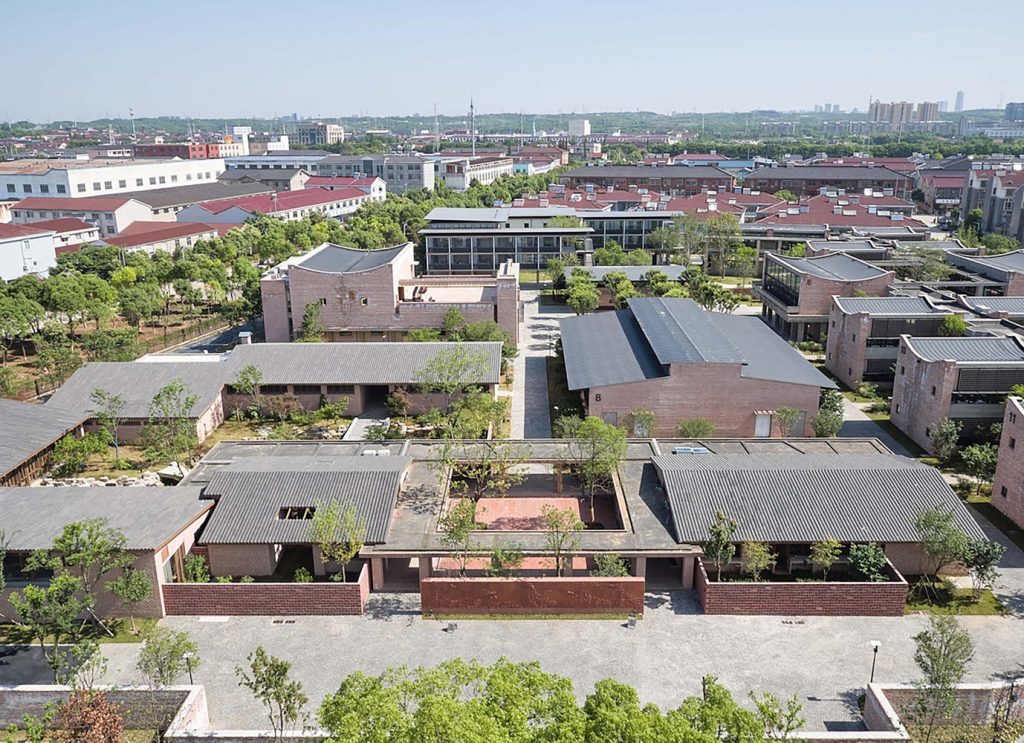
Photo: Hao Chen
In this territory, craftsmen have been making the traditional Dingshu clay teapot for the tea ceremony for hundreds of years. Instead of a single building for the college, genarchitects bureau decided in favor of a campus in a traditional style: 12 different low-rise buildings accommodating workshops, a multipurpose hall and an exhibition space. The architects studied the stages of ceramic production and created the right space for each of them: rooms with natural light for painting, small workshops for molding, and well-ventilated rooms for baking the pieces. All buildings are made of local materials: sand and crushed stone for concrete, as well as sandstone and clay used for bricks, were mined in Jiangsu Province.
Photo: Hao Chen
The educational institution specializes in teaching adults who live in rural areas. Retraining as potters and ceramicists is expected to help them start their own businesses or get jobs in existing workshops and improve their standard of living.
January 2024
